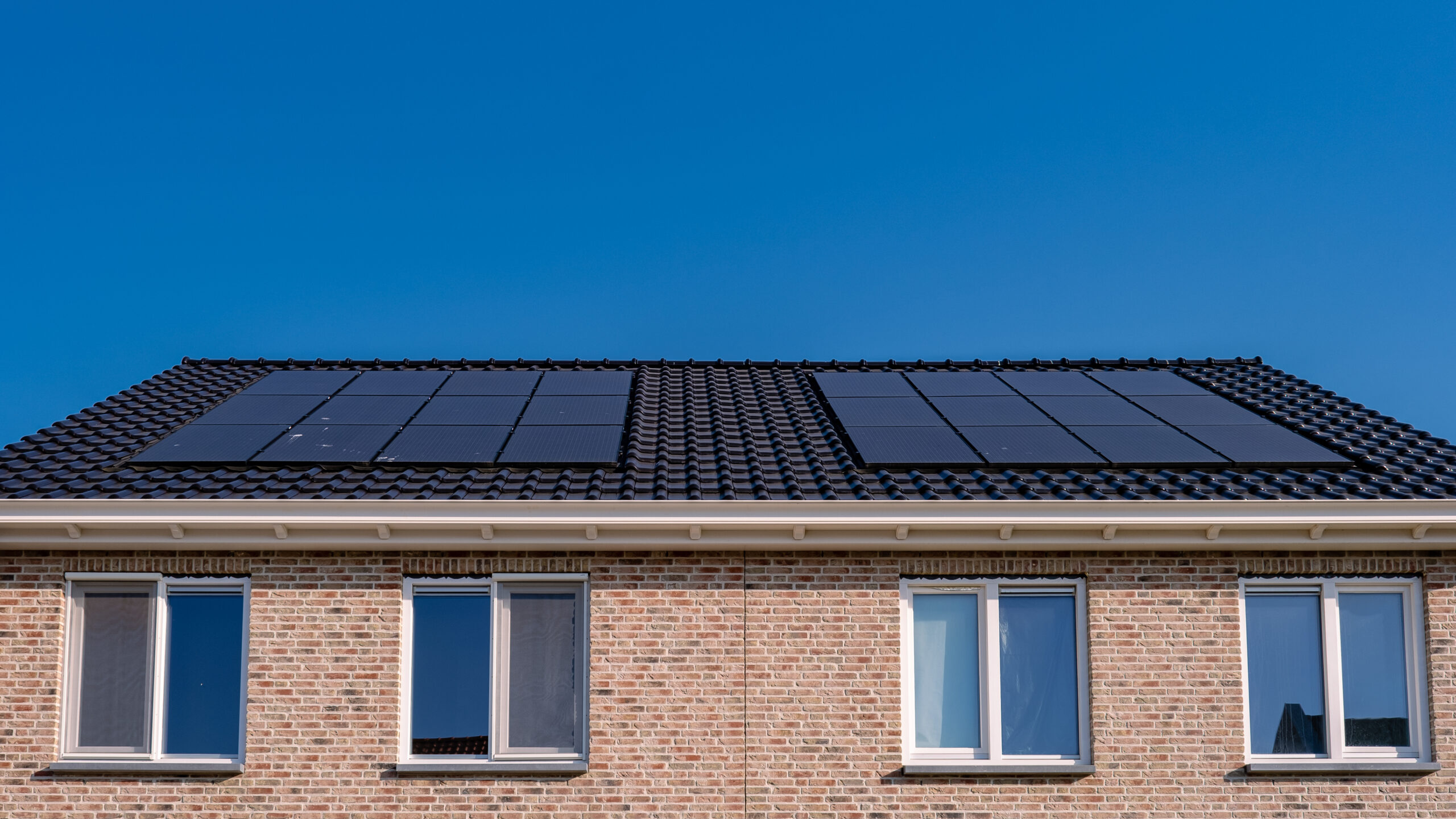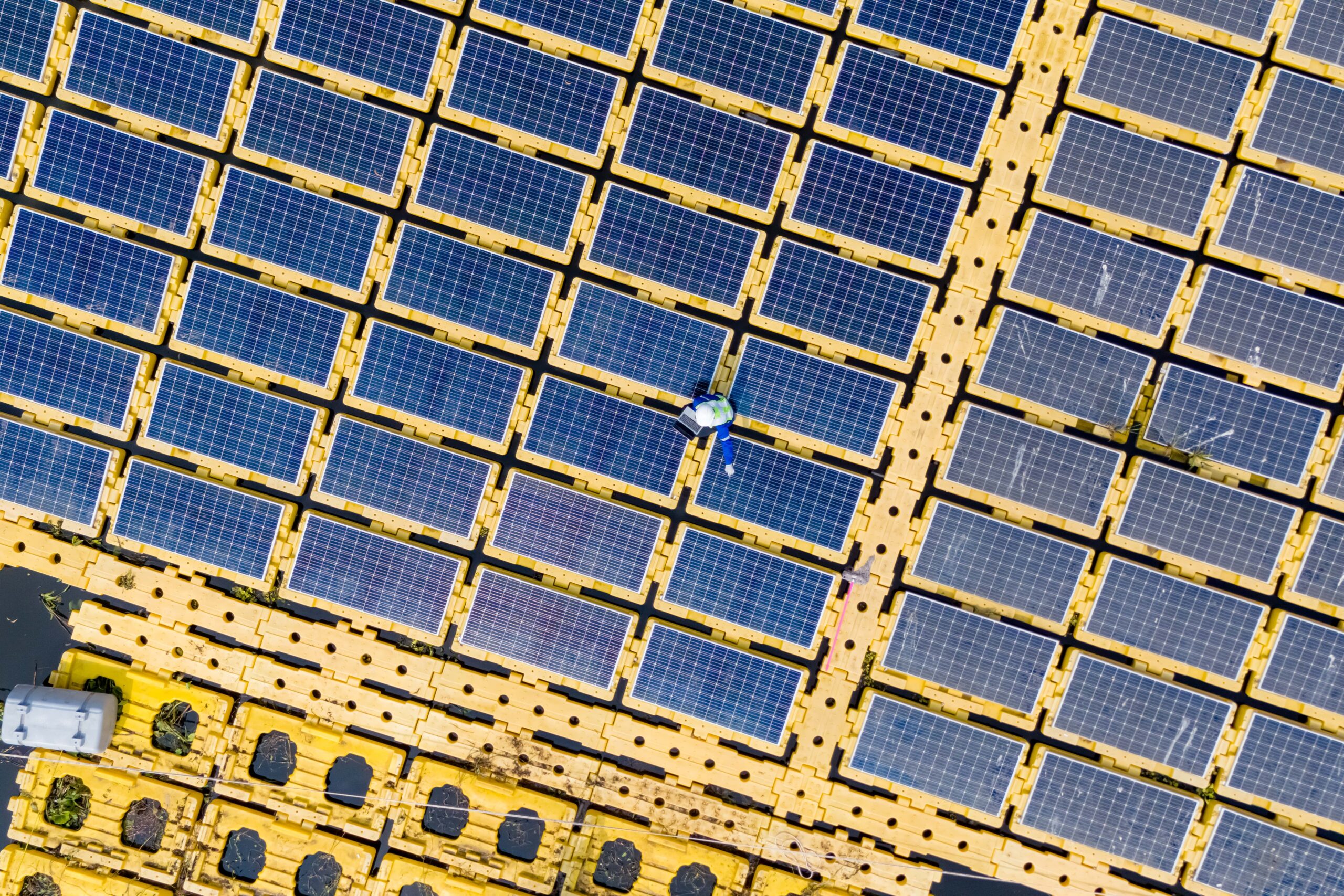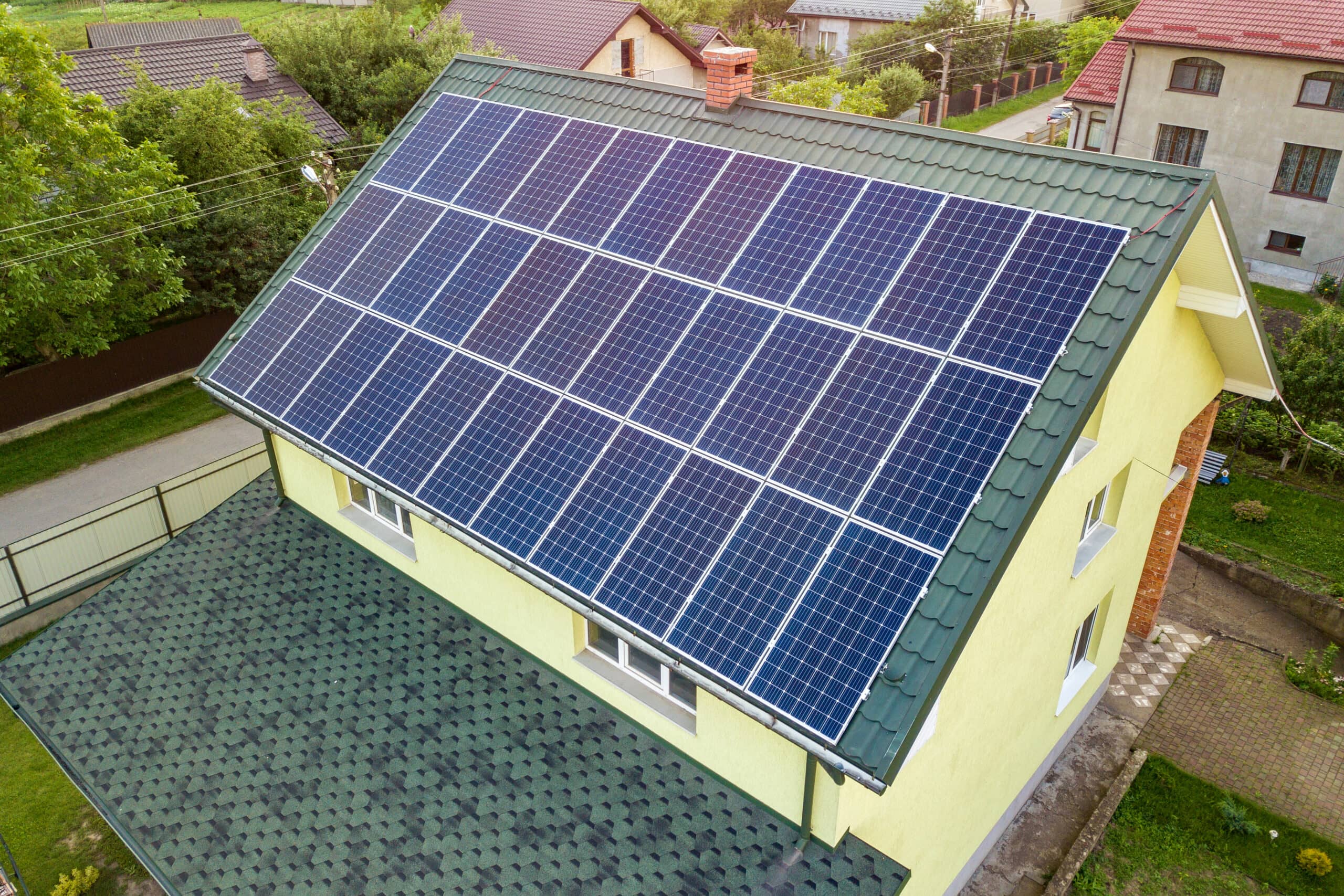The importance of sustainable energy choices cannot be overstated in today’s world. Solar energy stands out as a promising solution among the various options available. Solar panels, specifically those based on silicon photovoltaic cells, have gained significant prevalence in the industry. These panels come in three primary types: monocrystalline, polycrystalline, and thin film (amorphous). Each type possesses distinct characteristics and efficiencies. This article will delve into these three types of solar panels, exploring their features and shedding light on their significance in pursuing sustainable energy. Let’s embark on this enlightening journey together!
Monocrystalline Solar Panels
Monocrystalline solar panels are widely regarded as the most efficient type available today. Their high efficiency is attributed to the purity of the silicon used in their construction. These panels are made from a single crystal structure, which allows for better electron flow and enhanced conversion of sunlight into electricity. The purity of the silicon is crucial in achieving this efficiency, as any impurities can hinder the movement of electrons.
The manufacturing process of monocrystalline panels involves the Czochralski method. In this process, high-purity silicon is melted and slowly pulled to form a single crystal seed. As the seed is pulled up, it solidifies into a cylindrical ingot. The ingot is then sliced into thin wafers, which serve as the base for the individual solar cells that make up the monocrystalline panel. This method ensures the uniformity and high quality of the crystal structure, contributing to the panel’s efficiency.
Monocrystalline panels are highly versatile and suitable for various solar energy applications. Their compact size and higher power output per square foot make them an excellent choice for residential installations, particularly in limited space. Their efficiency makes them a popular option for commercial and utility-scale solar projects, where maximizing energy production is crucial.
Overall, monocrystalline solar panels offer exceptional efficiency and reliability, making them a top choice for those seeking to harness solar energy effectively.
Polycrystalline Solar Panels
Polycrystalline solar panels are composed of multiple silicon pieces, unlike monocrystalline panels made from a single crystal structure. These panels are created by melting silicon fragments together, resulting in a less uniform crystal structure. This gives them a distinctive appearance with a bluish hue and a shattered glass-like pattern.
In terms of efficiency, polycrystalline panels are less efficient than monocrystalline panels. The multiple silicon pieces and the less uniform crystal structure can reduce electron flow, resulting in a lower sunlight conversion rate into electricity. However, it’s important to note that the efficiency gap between the two types of panels has narrowed in recent years, and polycrystalline panels still offer good performance.
One advantage of polycrystalline panels is their lower cost compared to monocrystalline panels. The manufacturing process for polycrystalline panels is more straightforward and requires less energy, making them a more cost-effective option. Additionally, their distinctive appearance can appeal to some individuals who prefer the shattered glass-like pattern.
Polycrystalline panels are suitable for a wide range of solar energy applications. They are commonly used in residential and commercial installations; if you have ample roof space and are looking for a more budget-friendly option, polycrystalline panels can be great.
Monocrystalline vs. Polycrystalline Solar Panels
1. Efficiency: Monocrystalline panels are known for their higher efficiency than polycrystalline panels. The uniform crystal structure of monocrystalline panels allows for better electron flow, resulting in higher conversion rates of sunlight into electricity.
2. Space requirements: Monocrystalline panels are more space-efficient than polycrystalline panels. Due to their higher efficiency, they can generate more power per square foot. So, if you have limited roof space, monocrystalline panels might be a better option.
3. Cost: Polycrystalline panels are generally more affordable than monocrystalline panels. The manufacturing process for polycrystalline panels is simpler and requires less energy, making them a more affordable choice. However, when evaluating the overall cost, it’s important to consider the long-term savings in electricity bills.
4. Appearance: Monocrystalline panels have a uniform black color and a sleek look, while polycrystalline panels have a bluish hue and a shattered glass-like pattern. The choice of appearance is subjective and depends on personal preference.
When choosing between monocrystalline and polycrystalline panels, several factors come into play. Monocrystalline panels might be a good fit if you have limited space but a higher budget. On the other hand, if you have ample space and are looking for a more cost-effective option, polycrystalline panels could be a suitable choice. It’s also important to consider the specific energy needs of your home or business and the available sunlight in your location.
Ultimately, the choice between monocrystalline and polycrystalline panels depends on your specific requirements, budget, and preferences. It’s a good idea to consult with a solar energy professional who can assess your situation and provide personalized recommendations.
Thin Film (Amorphous) Solar Panels
Thin film panels are known for being the least expensive option among solar panels but are also the least efficient. They have lower conversion rates than monocrystalline and polycrystalline panels, which generate less electricity for the same amount of sunlight.
These panels use thin layers of photovoltaic substances, such as amorphous silicon, cadmium telluride, or copper indium gallium selenide. These materials allow for flexibility and lightweight construction, which opens up a range of potential applications.
One of the main advantages of thin-film panels is their flexibility. They can be bent or shaped to fit various surfaces, making them suitable for curved or irregularly shaped structures. This flexibility expands their potential applications beyond traditional solar panel installations. For example, they can be integrated into building materials like roofing tiles or windows or even used in portable solar chargers.
However, it’s important to note that the lower efficiency of thin film panels means you may need more surface area to generate the same amount of electricity as other panels. So, if you have limited space, different types of panels might be more suitable.
In a nutshell, thin film (amorphous) solar panels are the least expensive option but have lower efficiency. They are made using flexible materials and have potential applications in various industries. Consider your specific needs, budget, and available space when deciding which type of solar panel is right for you.
Comparison of the Three Types
Monocrystalline panels are made from a single crystal structure, which gives them a higher efficiency than the other types. They have a uniform black color and are known for their sleek appearance. However, they are also the most expensive option.
Polycrystalline panels are made from multiple crystal structures, which makes them less efficient than monocrystalline panels. They have a bluish color and a speckled appearance. Polycrystalline panels are more affordable than monocrystalline panels but also take up more space for the same power output.
As we discussed earlier, thin film panels are the least expensive option but also the least efficient. They are made using thin layers of photovoltaic substances, allowing for flexibility and lightweight construction. Thin film panels are suitable for curved or irregular surfaces and have potential applications in various industries.
To summarize the advantages and disadvantages:
Monocrystalline panels:
- Advantages: High efficiency, sleek appearance.
- Disadvantages: Expensive.
Polycrystalline panels:
- Advantages: More affordable, widely available.
- Disadvantages: Lower efficiency means larger space requirement.
Thin film panels:
- Advantages: Least expensive, flexible for various applications.
- Disadvantages: Lower efficiency and larger surface area are required.
Remember, the choice of solar panel type depends on factors like budget, available space, and desired efficiency. It’s always a good idea to consult a solar energy professional to determine the best option for your needs.
Considerations for Choosing Solar Panels
Selecting the right solar panels requires careful consideration of several factors. Panel efficiency, which translates to how effectively sunlight is converted into electricity, is a crucial determinant of overall energy output. Cost is naturally a significant factor, but government incentives are available that make solar affordable, and it’s essential to balance affordability and quality. Space limitations on your roof will influence the size and number of panels that can be installed.
As you plan to get a solar power system, consider how you’ll use its energy to ensure it aligns with your needs. If you have any questions, feel free to contact us. Our team of experts is ready to provide customized advice and help you select the best options to meet your solar energy goals.




